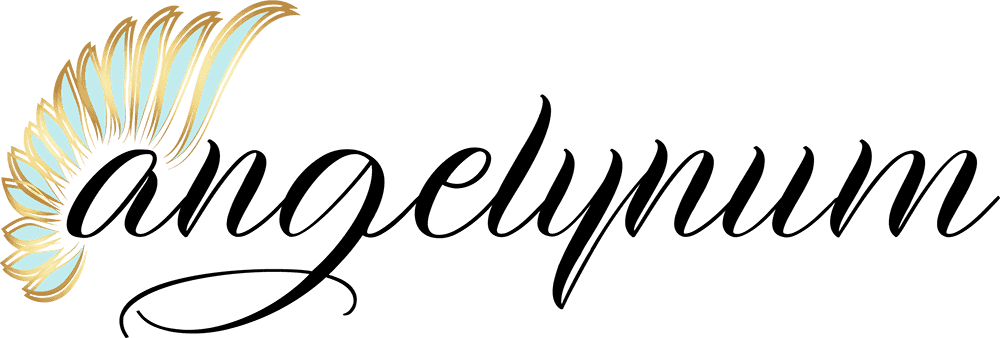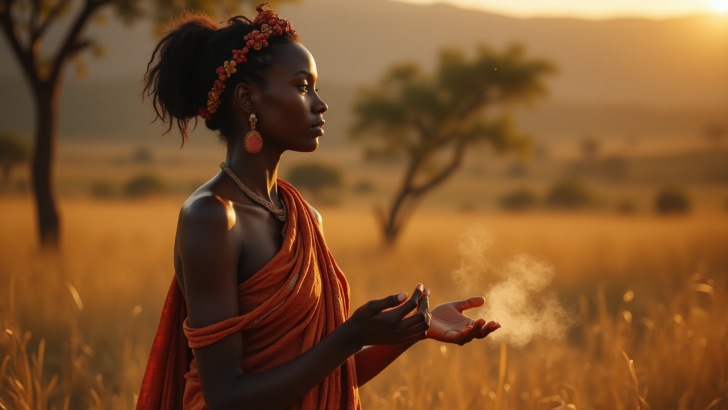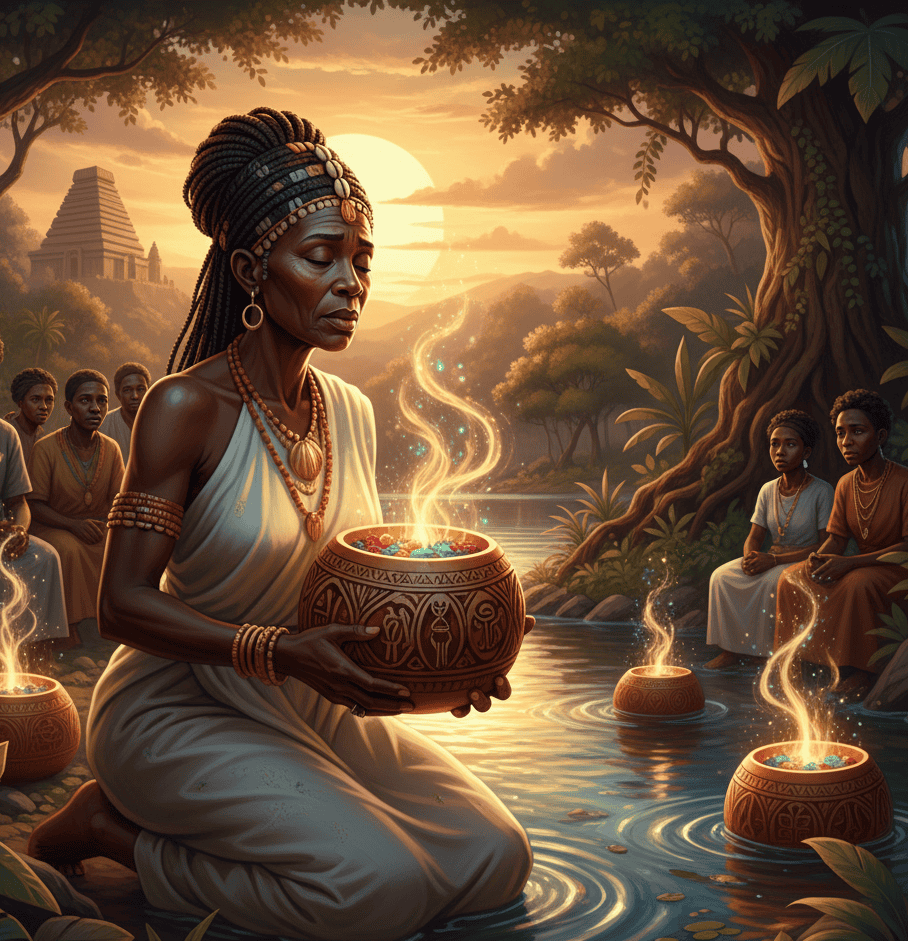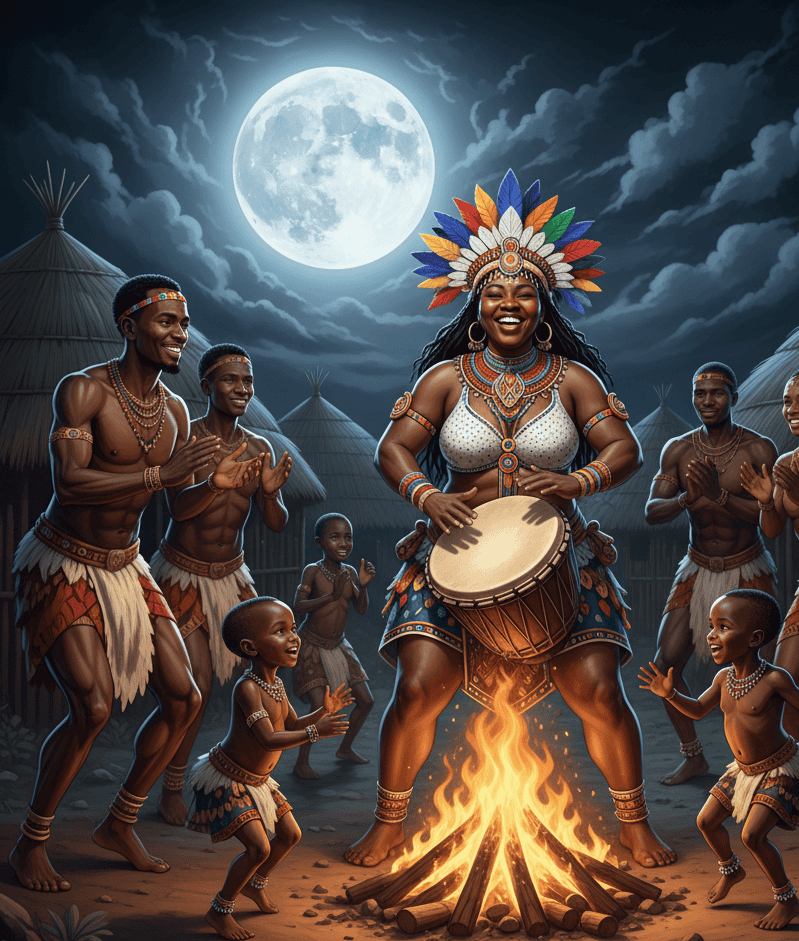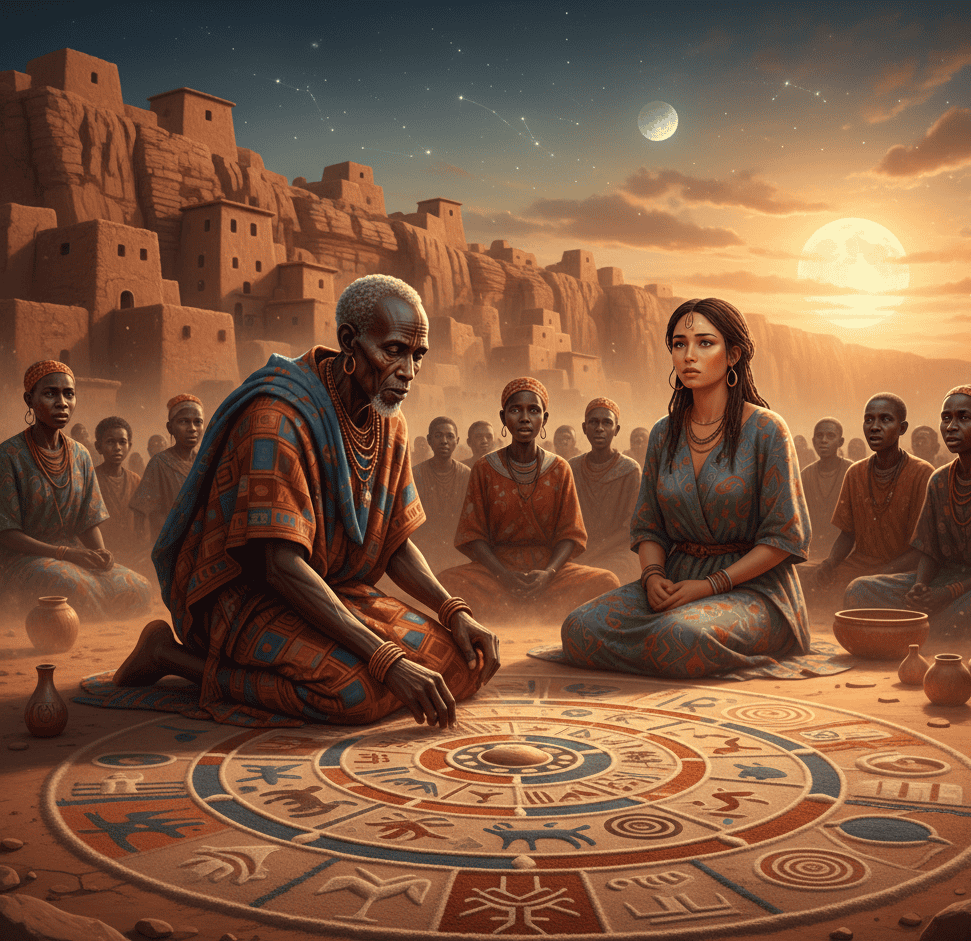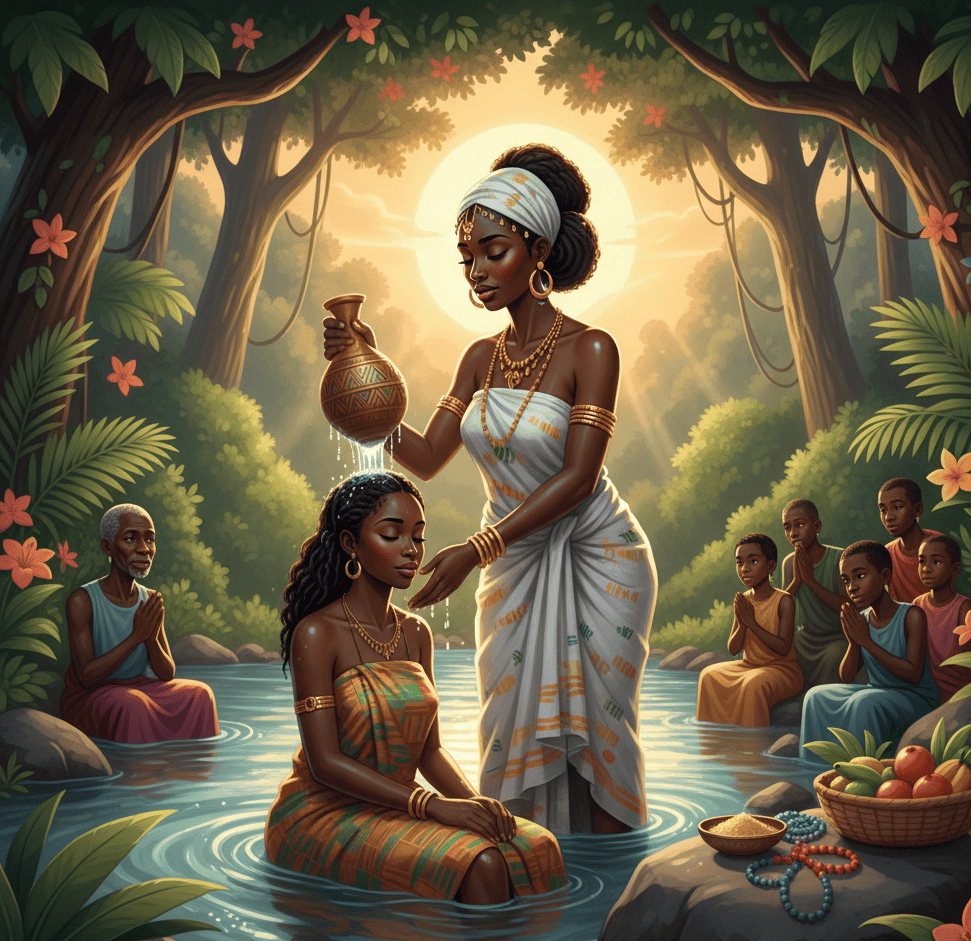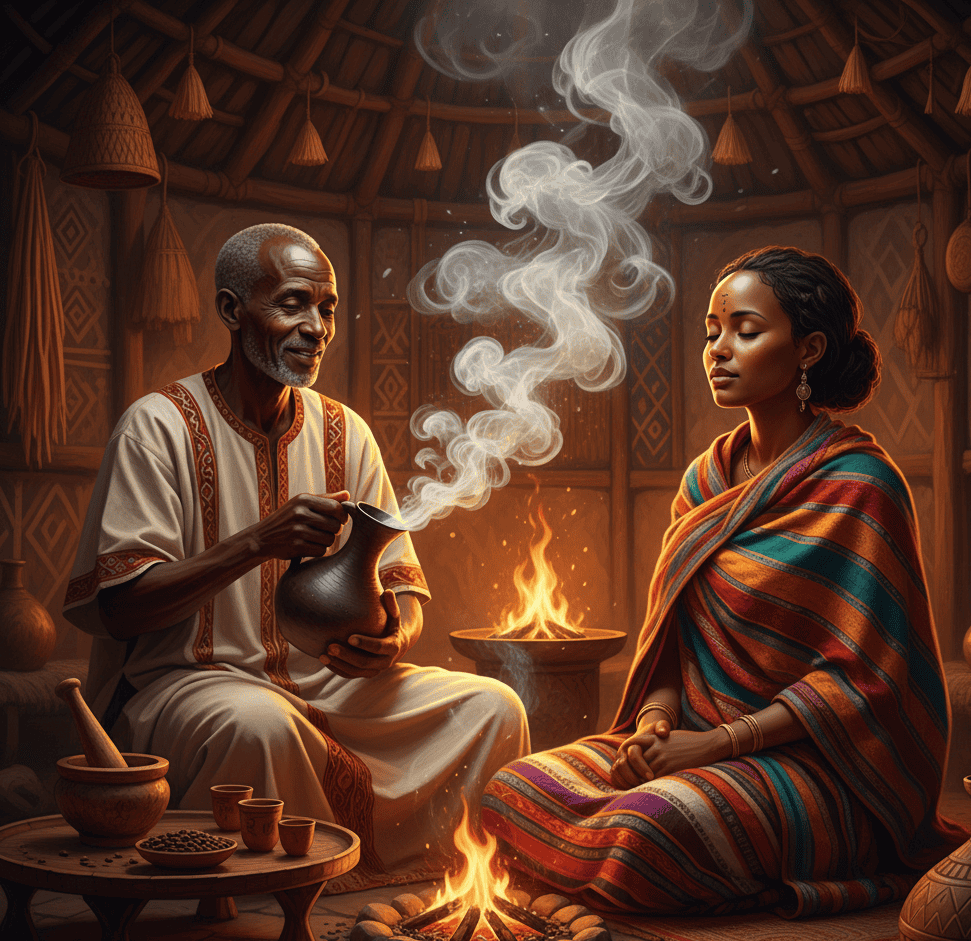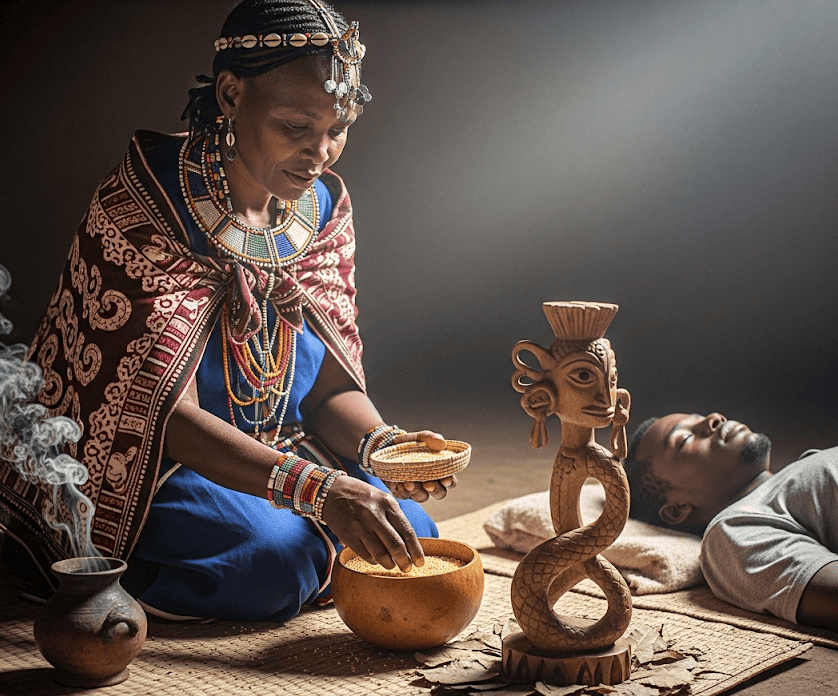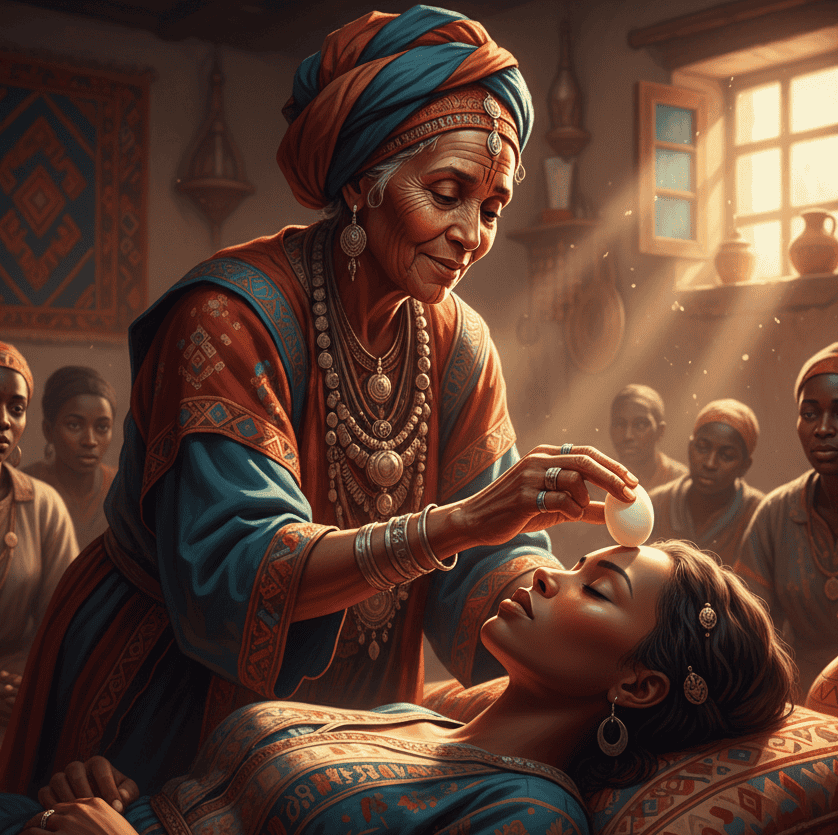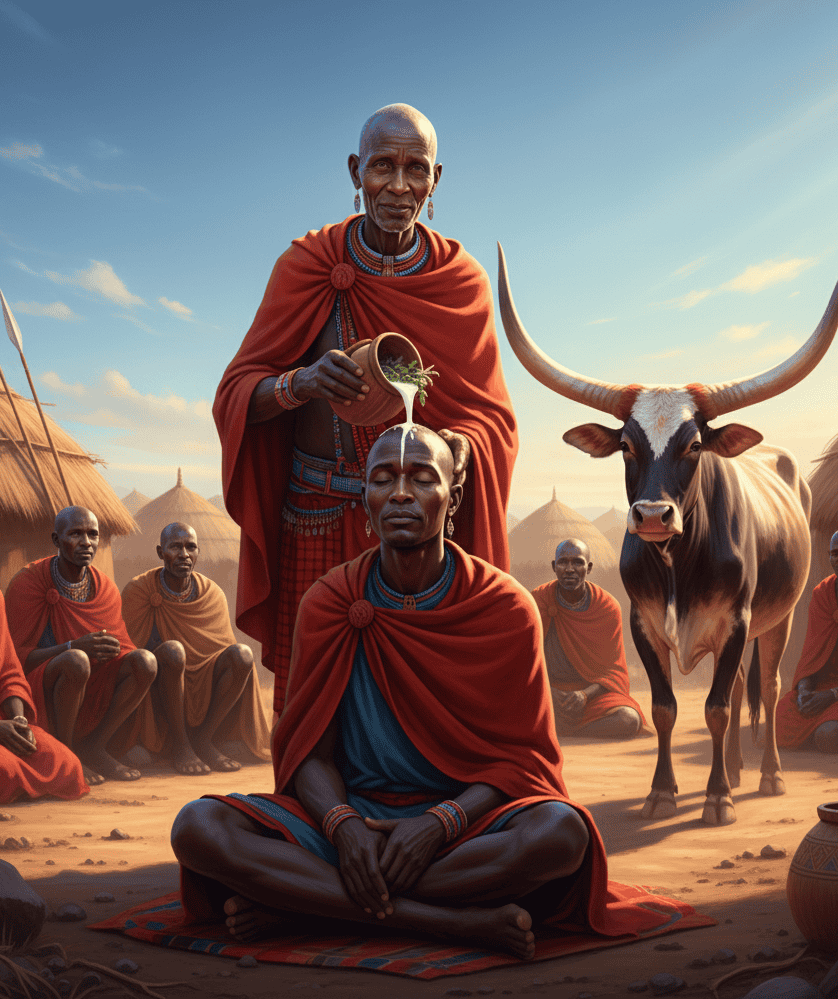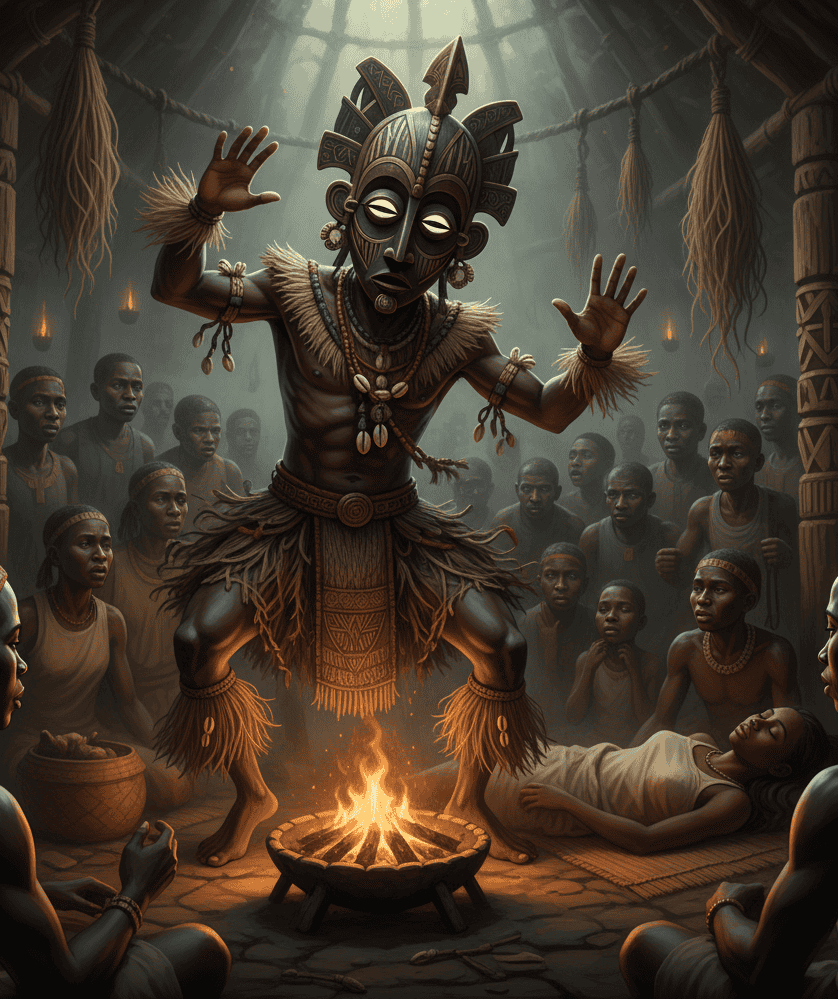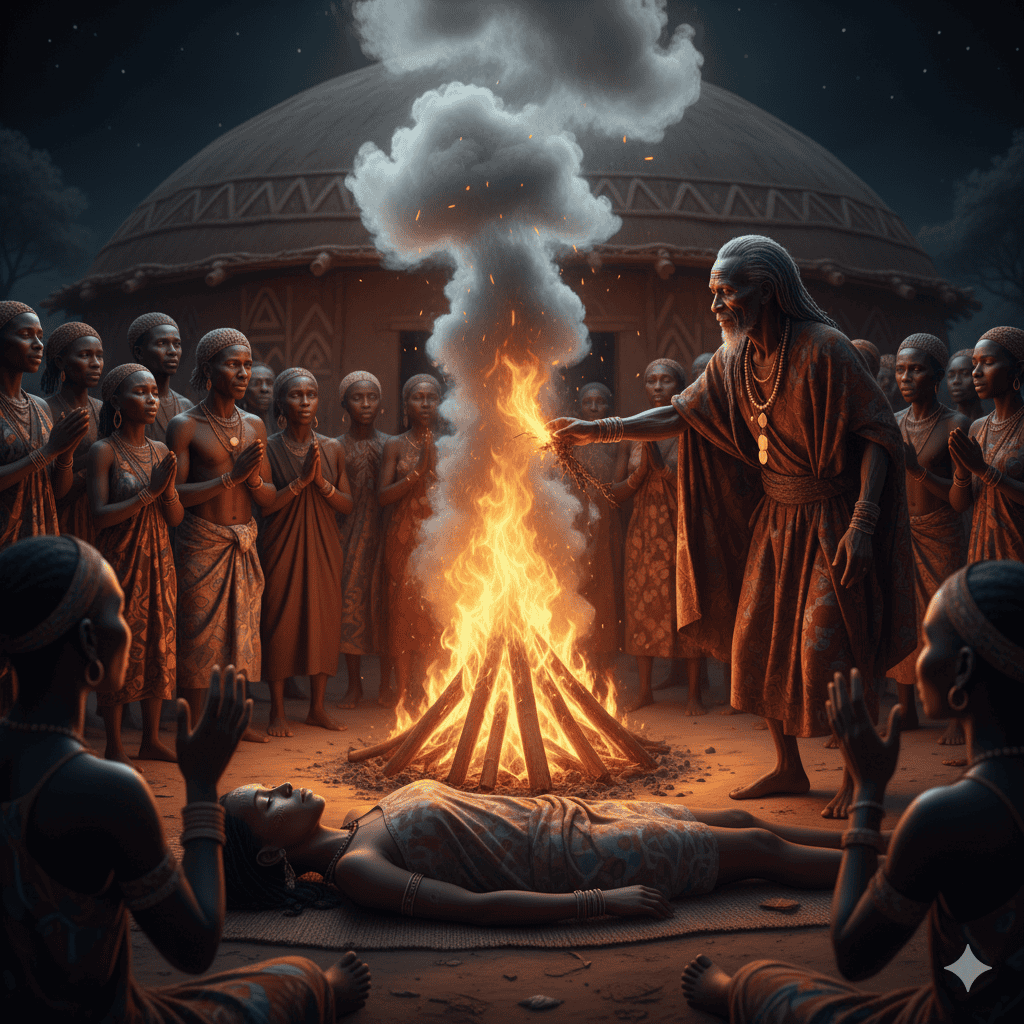Africa has always been a land of stories, spirits, and sacred traditions. Healing was never just about curing the body.
It was about restoring harmony between the person, the community, and the unseen world of spirits and ancestors.
Across different regions, mythology gave meaning to illness and health, and rituals were performed to calm not just the body but also the soul.
Some of these rituals sound unusual, even strange, to us today, but for the people who practiced them they carried deep symbolic power and comfort.
Let us explore ten of the most curious healing traditions rooted in African mythology.
1. The Calabash of Spirits in Yoruba Belief
In Yoruba mythology from West Africa, illness was often seen as the result of an imbalance with the Orishas, the divine beings who guided life.
Healers sometimes used a calabash, a hollowed gourd filled with sacred herbs, water, and offerings.
The calabash was placed by the patient’s side as prayers and chants were sung to Oshun, the goddess of rivers, or to Obatala, the Orisha of purity and healing.
The ritual was thought to draw out illness by transferring it into the calabash.
Once the ritual ended, the gourd was taken away and left at a riverbank, symbolizing the sickness being washed away by the water spirits.
It was not simply a physical cure but a way of making peace with the divine.
2. Zulu Spirit Drumming for Healing
The Zulu people of South Africa held strong beliefs about ancestral spirits guiding health and illness.
When someone was sick, drumming ceremonies were held to call the spirits and realign the energy of the patient.
Healers known as sangomas beat drums in specific rhythms believed to create harmony between the living and the ancestral world.
The patient was encouraged to dance or sway along, even if weak, because the movement itself was thought to shake away negative forces.
This was not just a treatment but a social ritual, as entire families gathered to support the healing, turning sickness into a community event.
3. Dogon Sand Drawings of Mali
The Dogon people of Mali are famous for their myths connected to the stars, but they also practiced unusual healing methods.
When someone was unwell, healers sometimes drew elaborate patterns in the sand near the patient, symbolizing the cosmic order of the universe.
Illness was believed to come from losing alignment with cosmic balance, so by recreating sacred images of spirals, animals, or celestial symbols, the healer restored that balance.
The patient would sit within the drawings while chants were spoken. The wind was allowed to erase the drawings afterward, taking the sickness away with it. This ritual shows how healing was tied to both art and myth.
4. The Ashanti River Bathing Ritual
In Ghana, the Ashanti people turned to river deities when seeking healing. If someone was thought to be cursed or suffering from spiritual sickness, they were led to a river believed to be home to a goddess or protective spirit.
The healer would wash the patient in the flowing water, using leaves and oils, while calling on the river spirit to remove the illness.
Water itself was sacred because it represented both cleansing and renewal. Afterward, offerings such as beads or food were left at the riverbank to thank the spirit.
This ritual blended mythology, nature, and community belief into one powerful healing moment.
5. Ethiopian Coffee Smoke Healing
In Ethiopia, coffee is not just a drink but a sacred part of life. In some traditions, coffee beans were burned during healing ceremonies, and the smoke was wafted over a sick person.
It was believed that the smoke carried away illness and also called on spiritual forces to protect the patient.
Since coffee had divine associations, the ritual linked everyday life with divine favor. Sometimes the sick person would also drink a strong brew afterward as a way of sealing the healing.
This strange but fascinating ritual shows how a plant deeply tied to African identity was also woven into spiritual healing.
6. The Shona Serpent Invocation of Zimbabwe
The Shona people told stories of a great serpent spirit known as Nyami Nyami, connected to rivers and fertility.
When sickness spread through a community, healers might create small carvings or drawings of serpents near the patient’s home.
Ritual offerings of grain, beer, or even animal blood were placed beside the images to appease the serpent.
The belief was that Nyami Nyami could absorb the sickness and restore balance.
It might sound frightening to call upon a serpent for healing, but in Shona mythology, the serpent was not only powerful but also protective when respected.
7. Berber Egg Ritual of North Africa
Among Berber communities in North Africa, eggs were used as symbols of life and rebirth. A healer would sometimes rub a fresh egg across a sick person’s body while reciting prayers to ancestral spirits.
The egg was thought to absorb the sickness or negative energy. Afterward, the egg was buried or broken away from the home, removing the illness entirely.
The simple object of an egg became a mystical tool, carrying both fragility and new beginnings.
It was a humble but powerful way to connect daily life with mythic healing forces.
8. Maasai Healing Milk in Kenya and Tanzania
For the Maasai people, cattle are sacred and central to life. Milk, in particular, was considered a source of both strength and purity.
In healing rituals, a sick person might be given milk that had been blessed by an elder and mixed with herbs.
Sometimes it was poured over the patient’s body while prayers were spoken to Enkai, the high god of the Maasai.
Milk symbolized renewal, and its use in rituals reinforced the connection between people, cattle, and the divine.
The soothing nature of milk made it both a comforting food and a sacred medicine in the mythology of the Maasai.
9. Fang Spirit Masks of Central Africa
The Fang people of Gabon and Cameroon used elaborate wooden masks in rituals to chase away sickness.
The masks were believed to embody spirits that could fight against evil forces. During a healing ceremony, the healer wore the mask and performed dances and chants around the sick person.
This was meant to frighten away the spirit or curse causing the illness.
The patient was not only physically treated but also psychologically reassured by the presence of protective spirits.
It was a dramatic ritual, blending artistry, mythology, and healing into one.
10. Dagara Fire Ritual of Burkina Faso
The Dagara people believed that fire carried powerful cleansing energy. When someone was ill, a ritual fire was built, and specific herbs and roots were thrown into the flames.
The smoke was directed toward the patient while chants were performed to invite ancestral spirits.
The flames were seen as burning away sickness and restoring clarity to both body and soul.
After the ritual, ashes from the fire were sometimes rubbed on the skin as a protective layer. It was a striking way of combining nature’s power with mythic belief in the healing force of fire.

自出生以来,我一直感觉到自己与神灵有着紧密的联系。作为一名作家和导师,我的使命是帮助他人在最黑暗的时刻找到爱、幸福和内心的力量。
